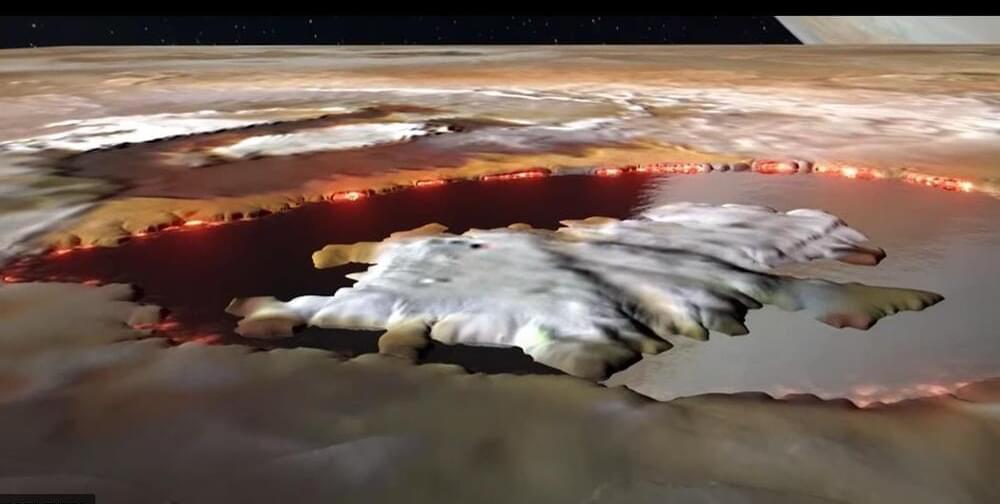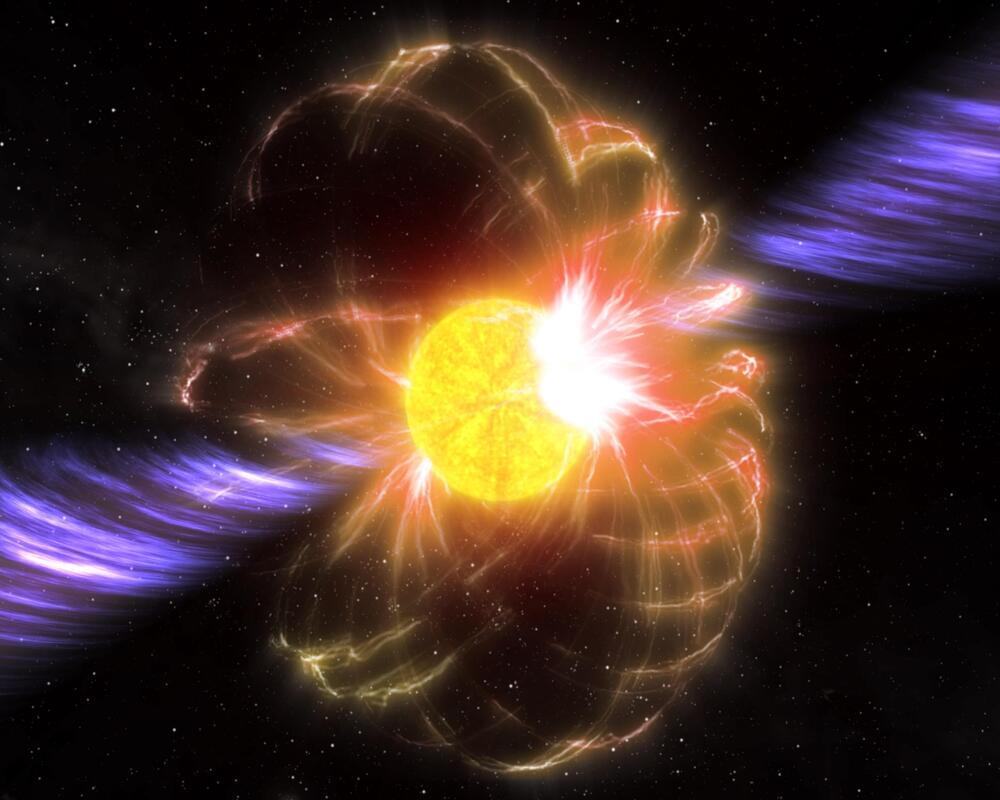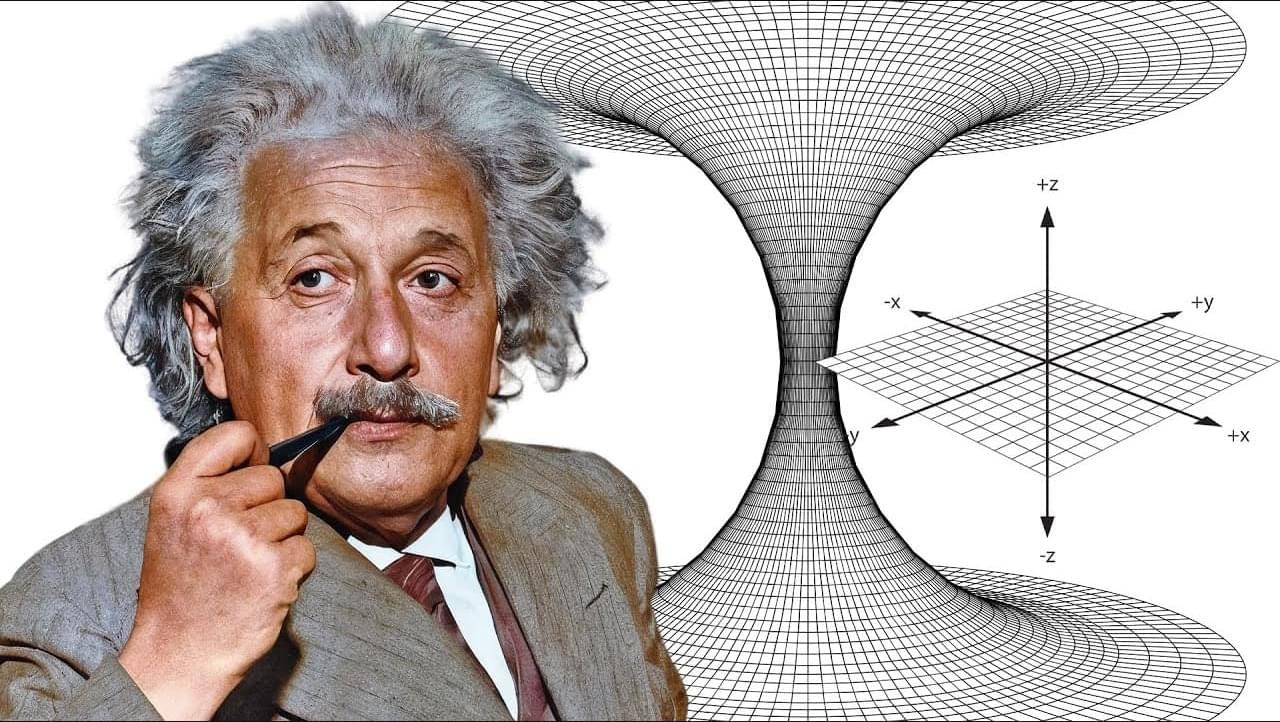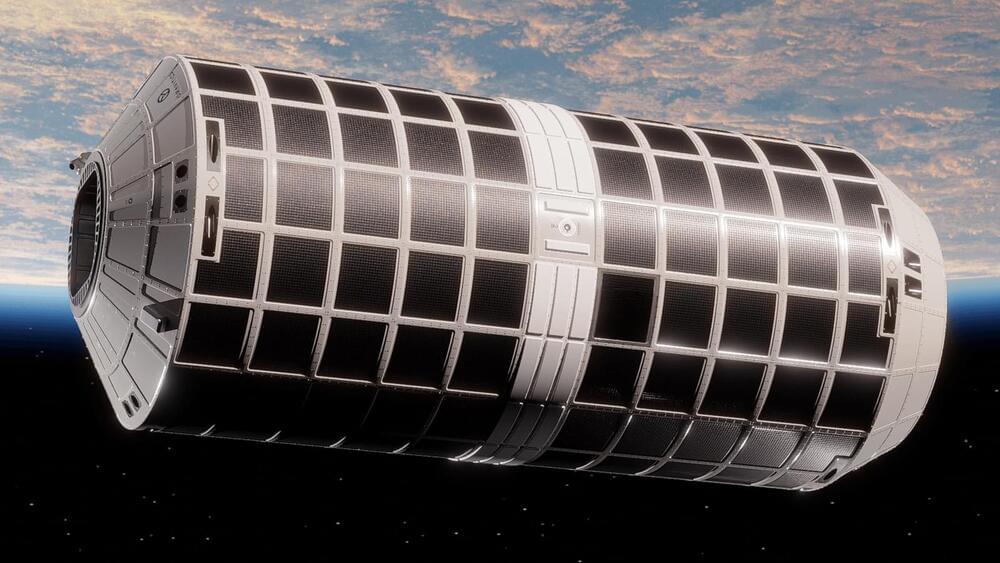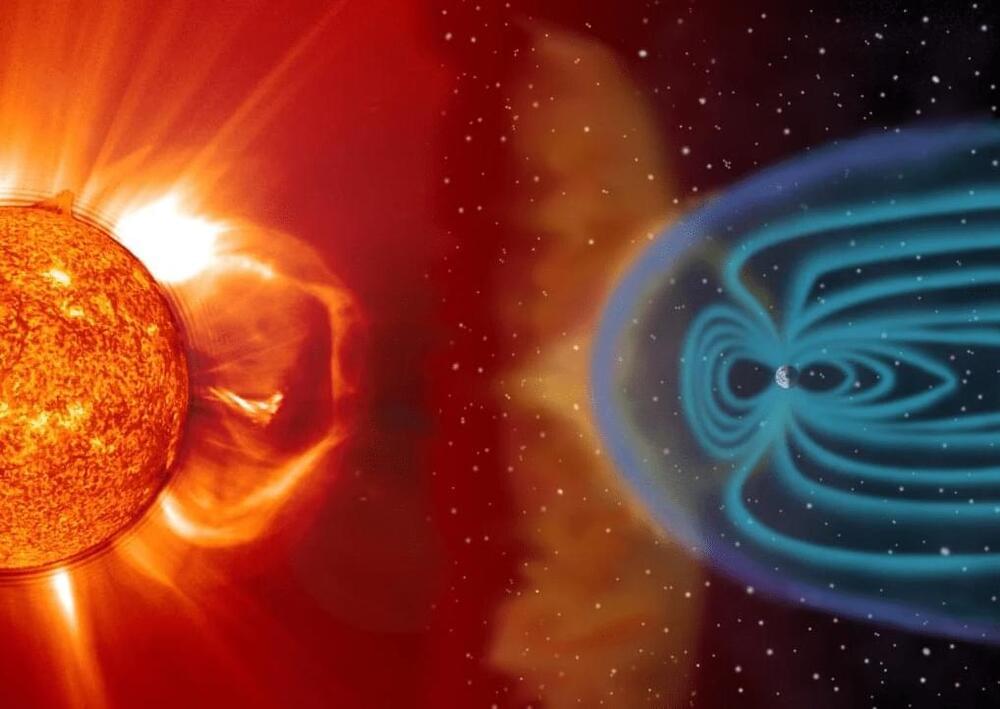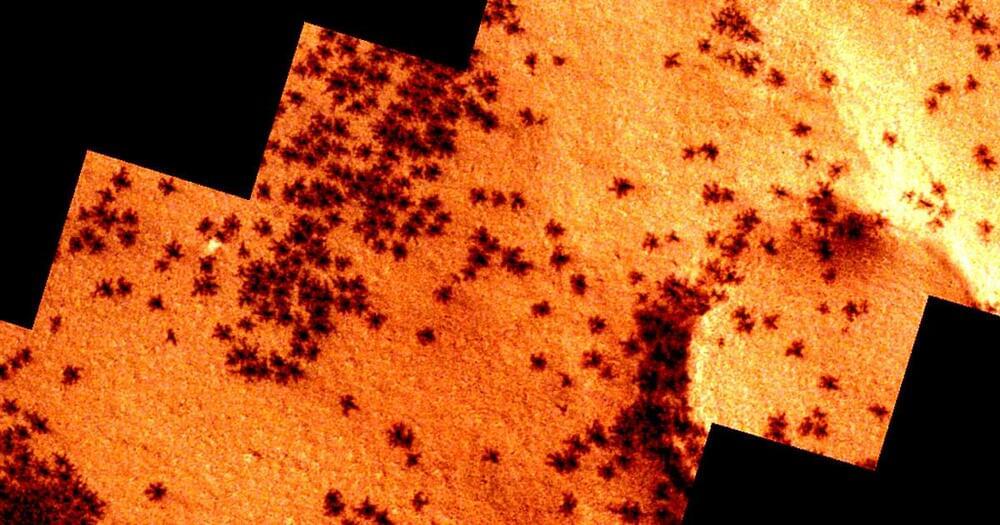Apr 28, 2024
NASA’s Juno Spacecraft Stumbled On A Glistening Lava Lake On Jupiter’s Moon Io
Posted by Genevieve Klien in category: space
NASA’s Juno spacecraft recently spotted a glassy-smooth lava lake amid the volcanic hellscape of Jupiter’s moon Io.
When Juno’s orbit swooped past Io last December, its cameras captured a mirrorlike reflection from a small patch of the moon’s surface. The strangely shiny landmark turns out to be a lava lake, covered with a thin crust of smooth, gleaming volcanic rock. The rock was probably something like obsidian, a natural glass that forms from cooling magma here on Earth. Known as Loki Patera, the lava lake stretches 127 miles long and is dotted with rocky islands, and its edges glow with heat from the molten magma just beneath the surface.
Continue reading “NASA’s Juno Spacecraft Stumbled On A Glistening Lava Lake On Jupiter’s Moon Io” »
